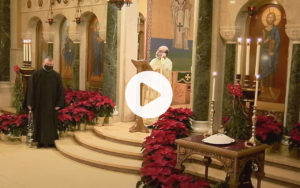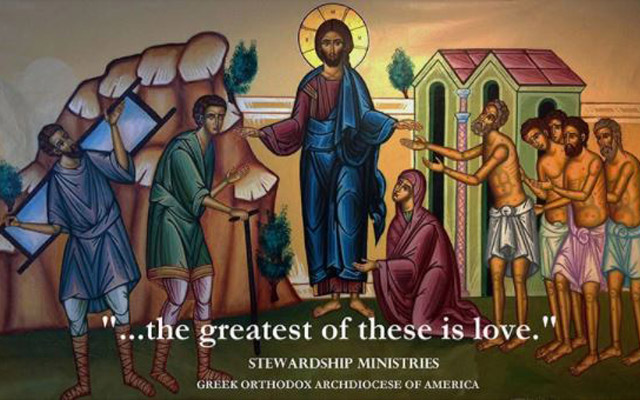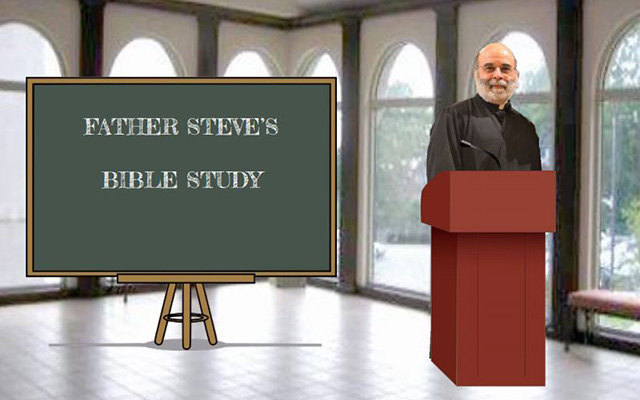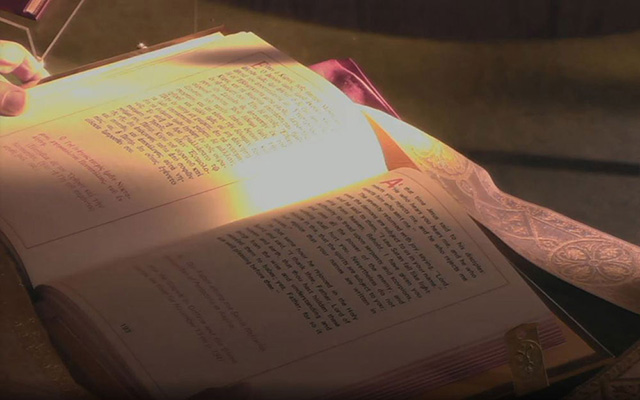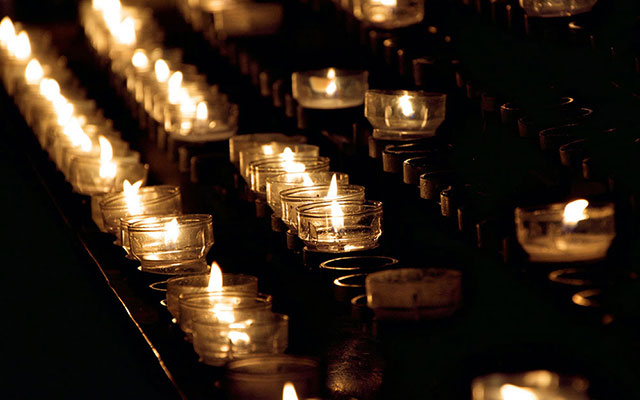Mary the Contemplative (Part V)
THE PRAYER OF THE HEART St. Luke must have known Mary and her prayerfulness either by direct communication with Mary herself or from information given him by those who knew Mary intimately, especially St. John the beloved disciple to whom Mary was entrusted by Christ on the cross. Twice St. Luke indicates Mary’s contemplative spirit. At Bethlehem she reflects on the words of the shepherds. “As for Mary, she treasured all these things and pondered


